What is High Altitude Sickness
Edited by on 2018-02-01 12:43:21
When you’re mountain climbing, hiking, driving, or doing any other activity at a high altitude, your body may not get enough oxygen.The lack of oxygen can cause altitude sickness. Altitude sickness generally occurs at altitudes of 8,000 feet and above. People who aren’t accustomed to these heights are most vulnerable. Symptoms include headache and insomnia.
You shouldn’t take altitude sickness lightly. The condition can be dangerous. Altitude sickness is impossible to predict — anyone at a high elevation can get it.
An altitude over 2,500 meters (about 8000 feet) is usually defined as high altitude, which possibly affects health. Most places in Tibet are higher than this level, especially the north and west area of Tibet. And, a rapid ascent to some high-altitude areas in Tibet would results in altitude sickness - one of the biggest challenges. But it is not as difficult as you imagined if you get properly informed and prepared.
Altitude sickness, also known as acute mountain sickness (AMS), is a pathological effect of high altitude on humans. AMS is common at high altitudes due to the hypoxic (low oxygen) environment. At elevations over 10,000 feet (3,048 meters), 75% of people would have mild symptoms, which does not interfere with normal activity. The symptoms of mild AMS include headache, nausea, fatigue and loss of appetite. AMS usually commence within six to ten hours after arriving at altitude.
However, altitude sickness can be very serious! Continuing to higher altitudes without proper acclimatization could develop into the more serious, even life-threatening conditions. There are high-altitude pulmonary oedema (HAPE) and high-altitude cerebral oedema (HACE).
SEND US INQUIRY NOW
We have helped thousands of travelers since 2009. Tell us your ideas and get a quick response within 0.5-12 hours.
-
-
-
-
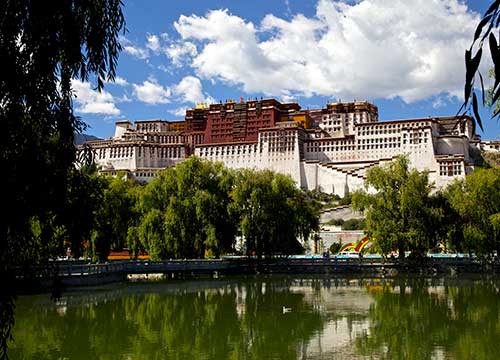
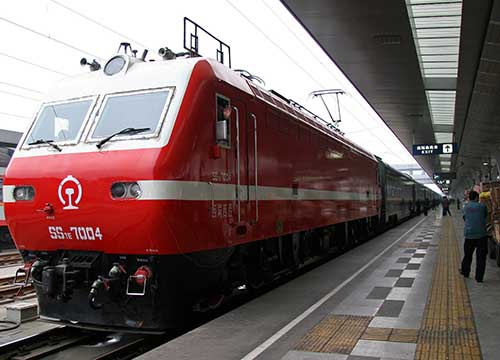
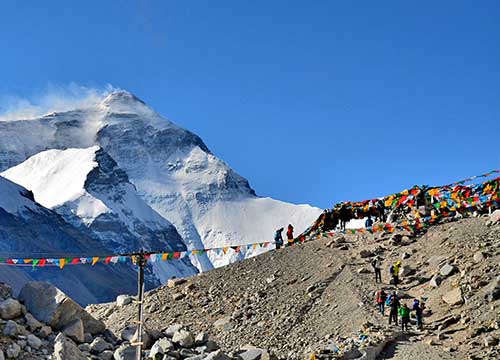
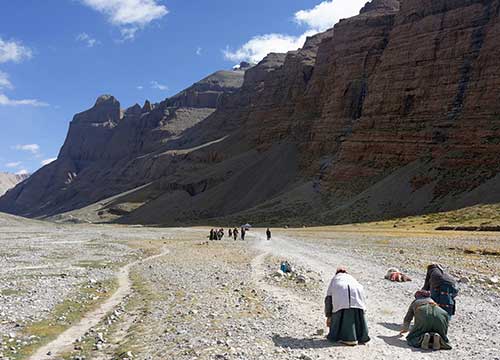
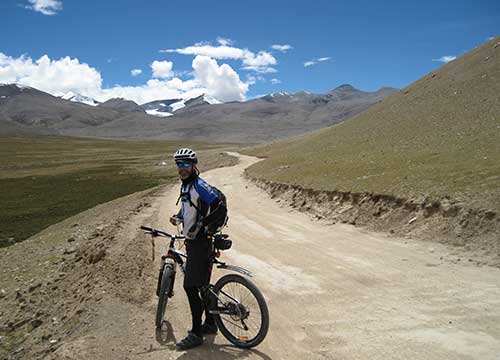
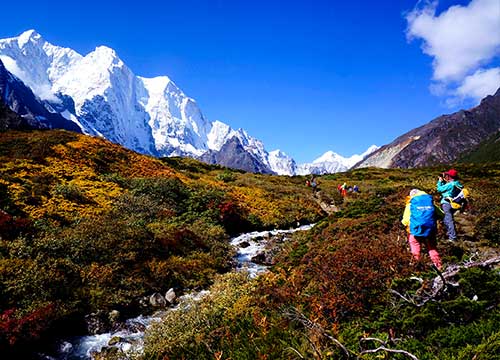
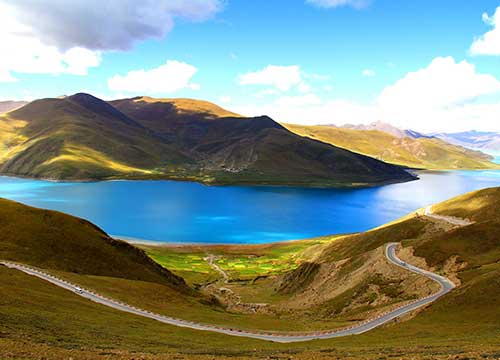
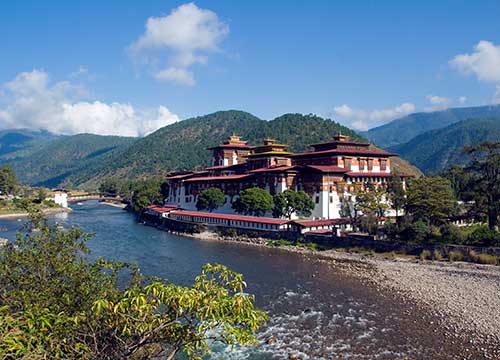
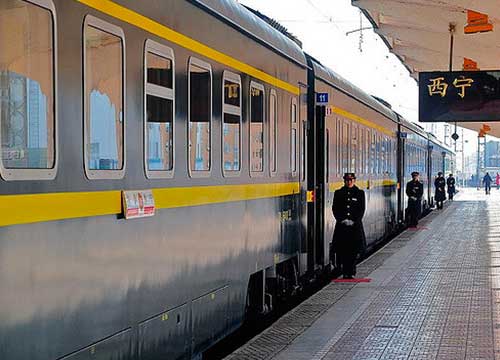
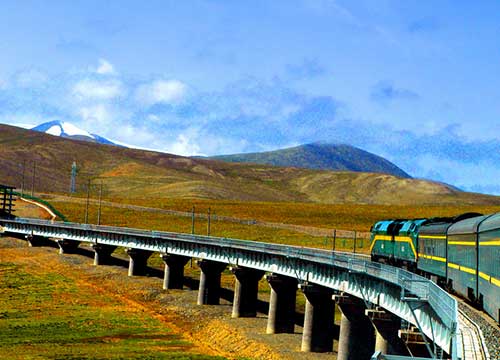
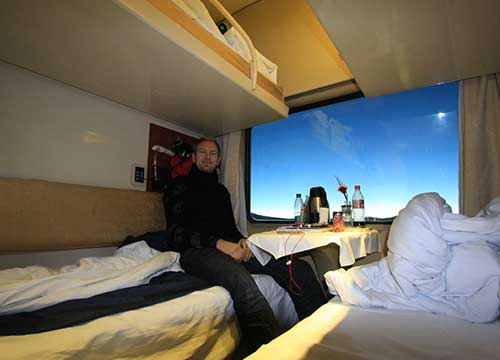
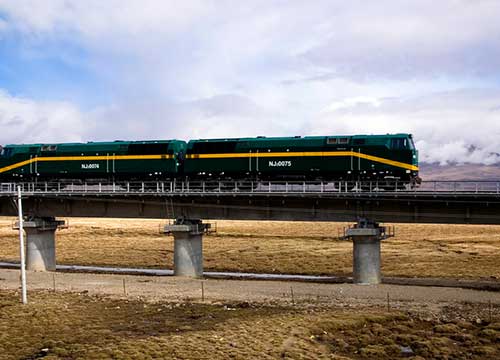
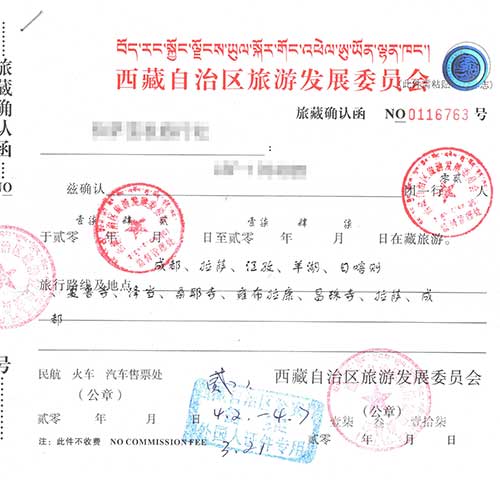
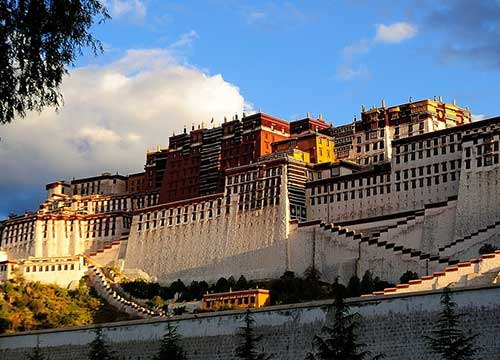
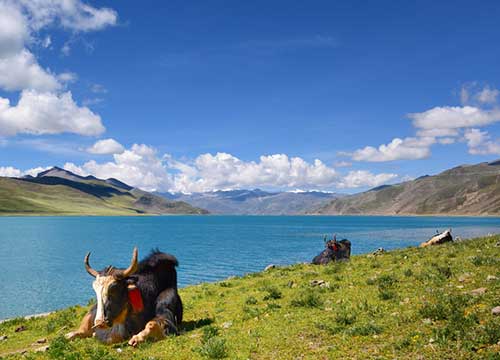
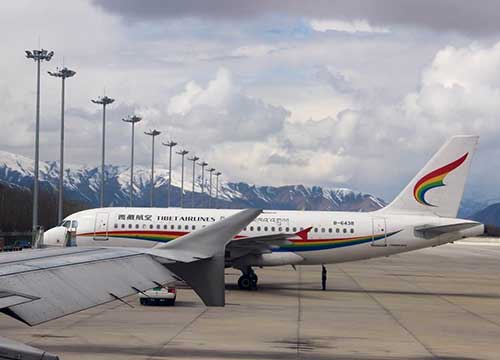
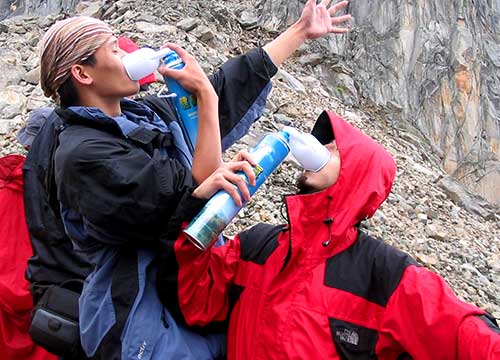
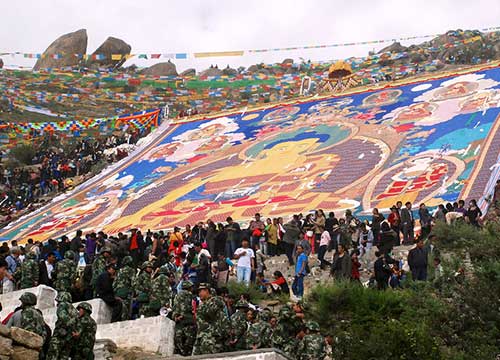


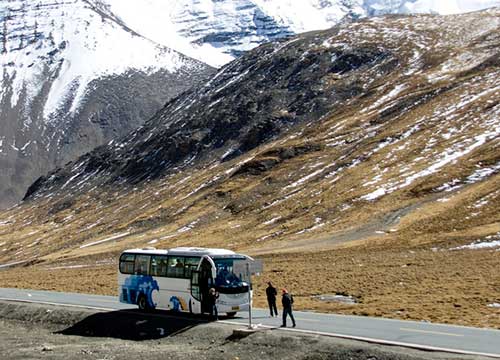

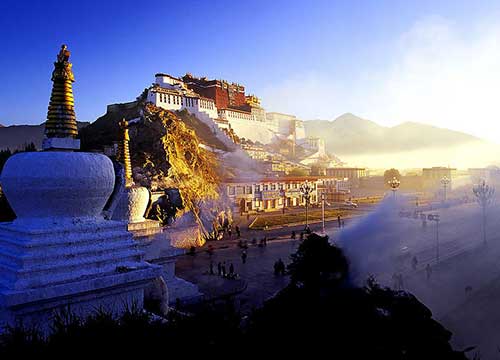
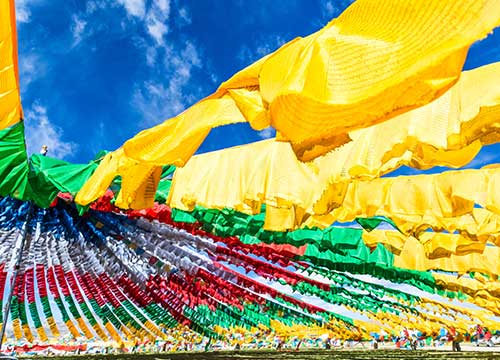
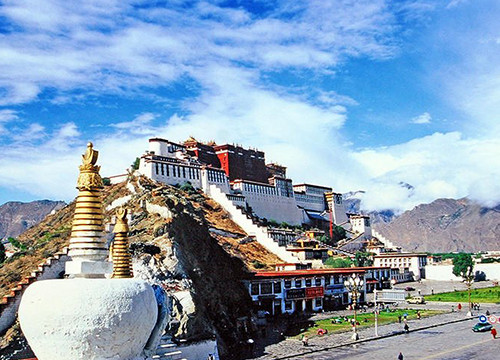
 Data in submission...
Data in submission...